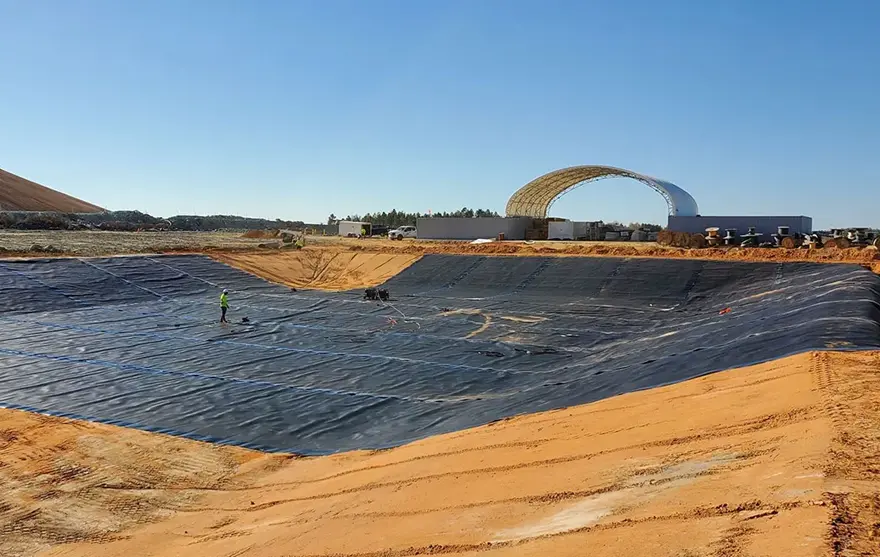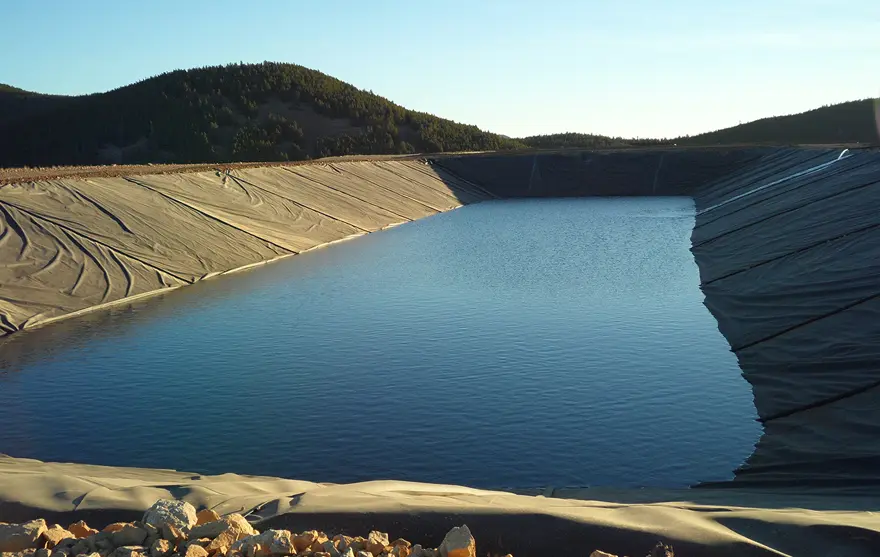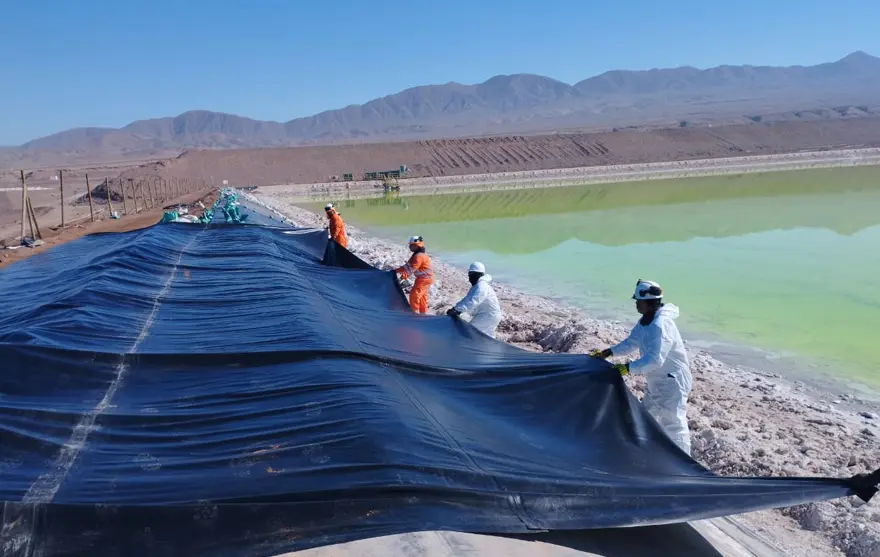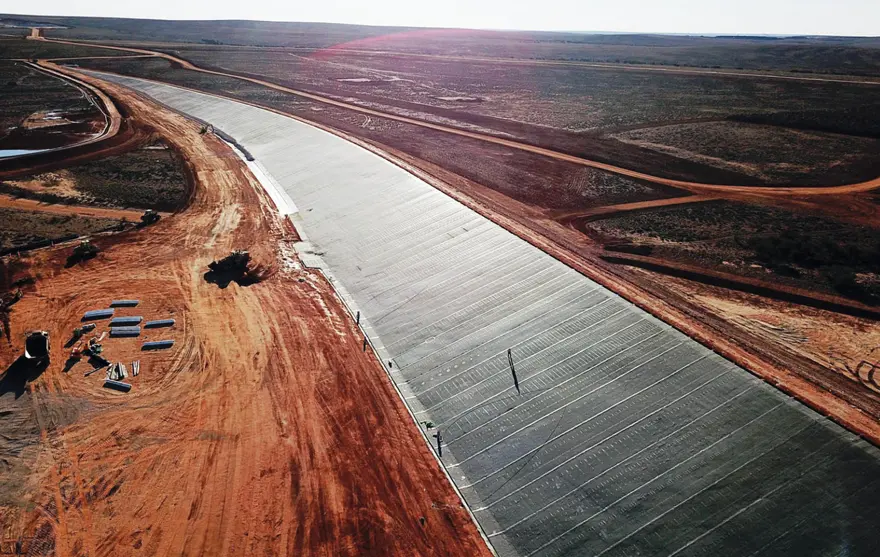
First of all, the quality of geomembrane weld seam is the key to splicing, especially the seam detection should be strengthened during construction.
The detection methods include visual inspection and on-site leak detection.
Visual inspection method: After the geomembrane is welded, observe whether there are missing connections, whether the seams are scalded, whether there are wrinkles, whether the splicing is even, etc.
On-site leak detection: use the inflation method to detect all the welds, the welds are double, and there is a cavity of about 10mm between the two, seal the two ends of the section to be tested, insert the air needle, and inflate to 0.05mpa~ 0.20mpa, watch quietly for 0.5min, observe the vacuum gauge, if the air pressure does not drop, it means that there is no leakage, and the weld is qualified, otherwise, find out the reason and repair it in time.
The anchoring of the upper and lower parts of the geomembrane is an important link, and the construction should be strictly in accordance with the construction drawings and approved by the supervisor.
Quality inspection after construction. The quality inspection after construction is mainly sampling inspection. Take a test piece for every 1000m of construction and do tensile strength test. The field strength shall not be lower than 80% of the base metal, and the test fracture shall not be at the joint, otherwise the quality of the joint is unqualified.



